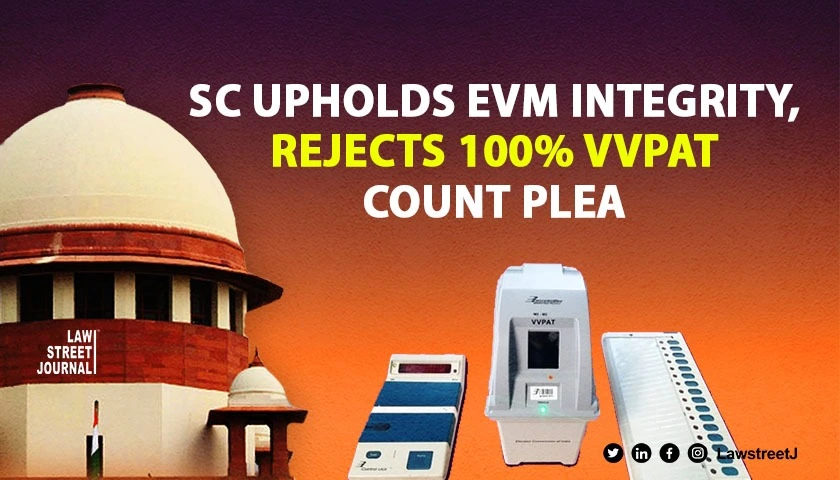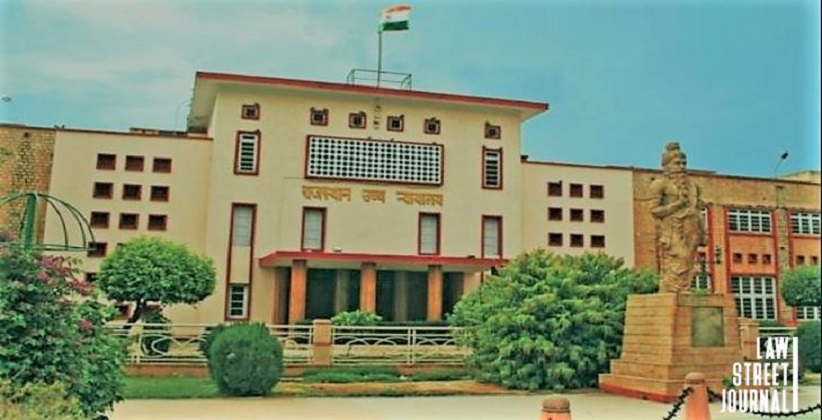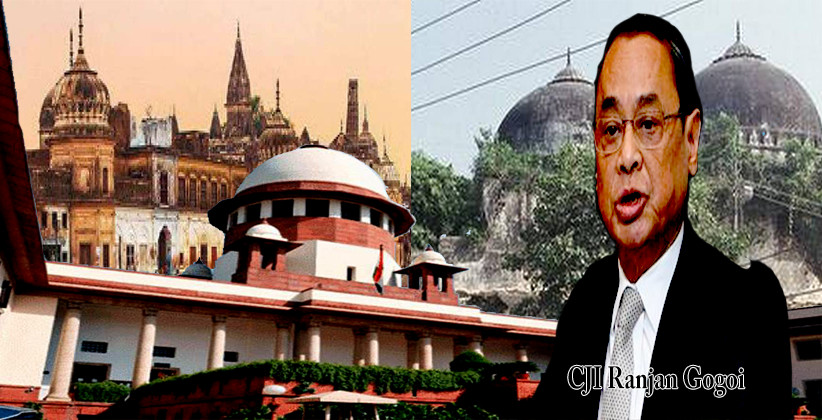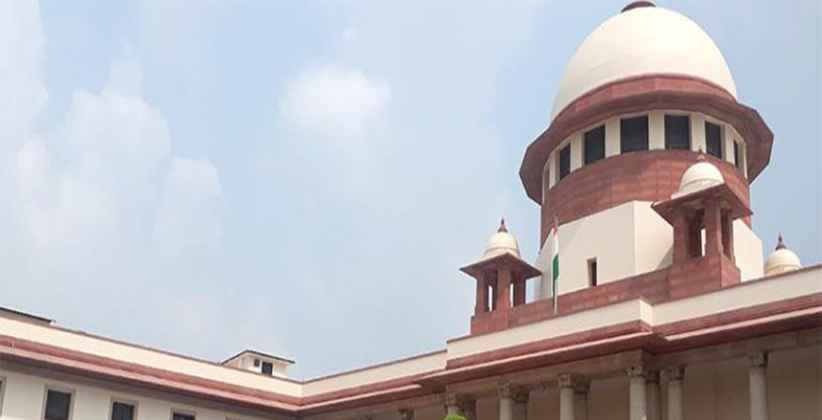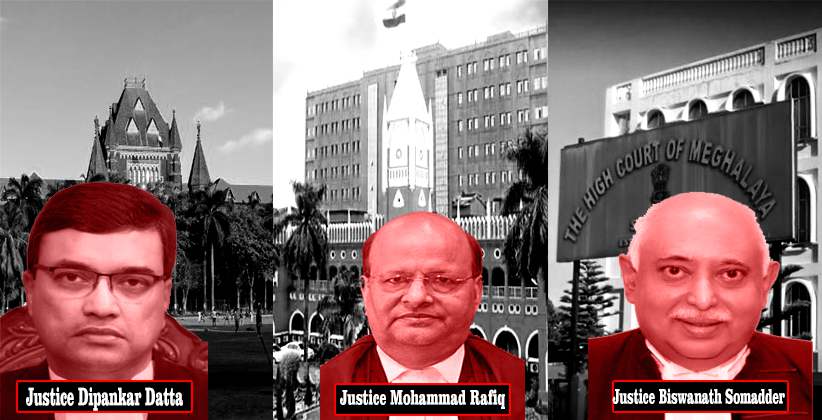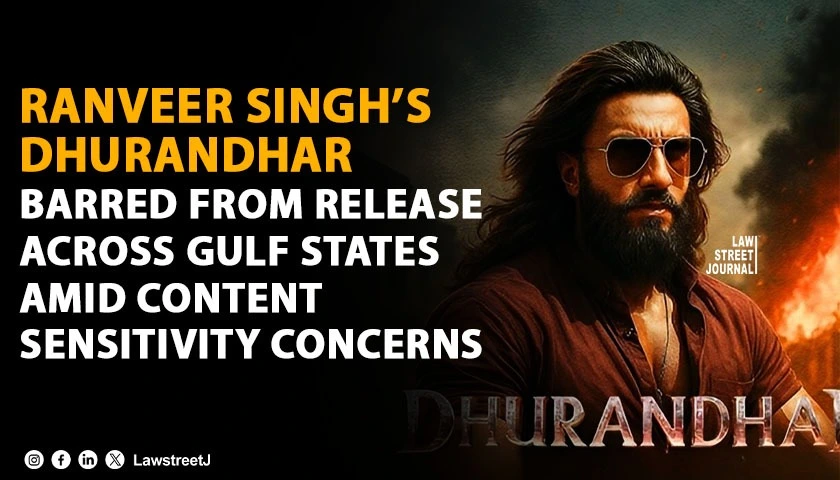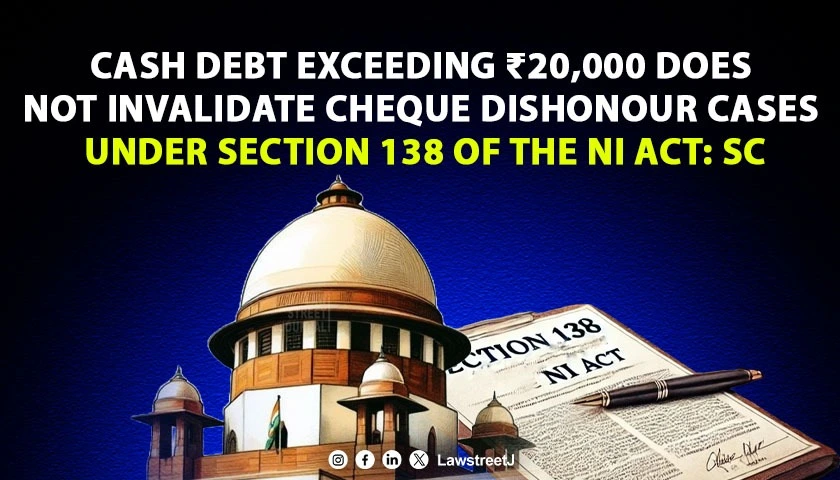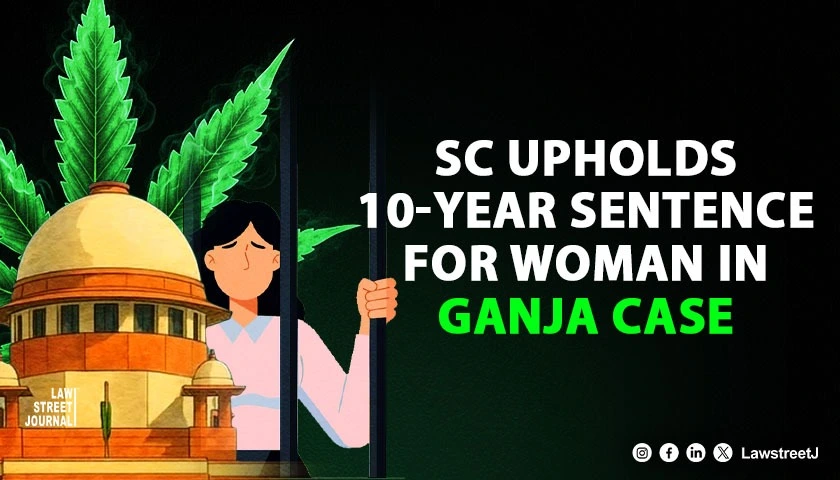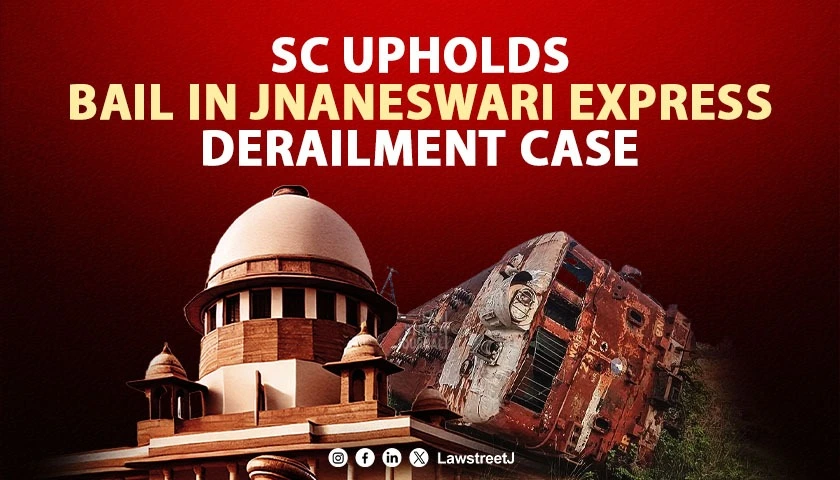NEW DELHI: The Supreme Court has dismissed a petition seeking a review of its April 26 judgment which had rejected a plea for 100% cross verification of EVM-VVPAT counts or return of the previous ballot system in elections.
A bench of Justices Sanjiv Khanna and Dipankar Datta declined to relook its previous judgment finding no ground for review.
"We have carefully perused the review petition, as also the grounds in support thereof. In our opinion, no case for review of the judgment dated 26.04.2024 is made out.
The review petition is, accordingly, dismissed," the bench said.
The review petition was filed by advocate Arun Kumar Agrawal, through advocate Neha Rathi.
The bench dealt with the review petition on July 25 in judges chamber in accordance with the Supreme Court Rules.
In its April 26 judgment on PILs by NGO Association for Democratic Reforms and others, including of Agrawal, the court had said it was not inclined to modify the directions to increase the number of VVPAT undergoing slip count for several reasons from current system of verifying in five polling booths in one Assembly segment.
Also Read: EVM-VVPAT: SC says vested groups undermining every achievement in recent years
The court had said EVMs are simple, secure and user-friendly and voters, candidates and their representatives, and the officials of the Election Commission are aware of its nitty-gritty and they ensure righteousness and integrity of the poll process.
"Repeated and persistent doubts and despair, even without supporting evidence, can have the contrarian impact of creating distrust. This can reduce citizen participation and confidence in elections, essential for a healthy and robust democracy. Unfounded challenges may actually reveal perceptions and predispositions, whereas this court, as an arbiter and adjudicator of disputes and challenges, must render decisions on facts based on evidence and data," the bench had said.
The court pointed out raising VVPATs verification will increase the time for counting and delay declaration of results.
The manpower required would have to be doubled. Manual counting is prone to human errors and may lead to deliberate mischief and can also create multiple charges of manipulation of results. Further, the data and the results do not indicate any need to increase the number of VVPAT units subjected to manual counting, it had added.
"While we acknowledge the fundamental right of voters to ensure their vote is accurately recorded and counted, the same cannot be equated with the right to 100% counting of VVPAT slips, or a right to physical access to the VVPAT slips, which the voter should be permitted to put in the drop box," the bench had said.
"In the Indian context, keeping in view the vast size of the Indian electorate of nearly 97 crore, the number of candidates who contest the elections, the number of polling booths where voting is held, and the problems faced with ballot papers, we would be undoing the electoral reforms by directing reintroduction of the ballot papers," the bench had said.
The court also noted EVMs offer significant advantages as they have effectively eliminated booth capturing by restricting the rate of vote casting to 4 votes per minute, thereby prolonging the time needed and thus check insertion of bogus votes.
"EVMs have eliminated invalid votes, which were a major issue with paper ballots and had often sparked disputes during the counting process. Furthermore, EVMs reduce paper usage and alleviate logistical challenges. Finally, they provide administrative convenience by expediting the counting process and minimizing errors," the bench said.
The court also rejected a contention for giving physical access to VVPAT slips to voters as problematic and impractical.

